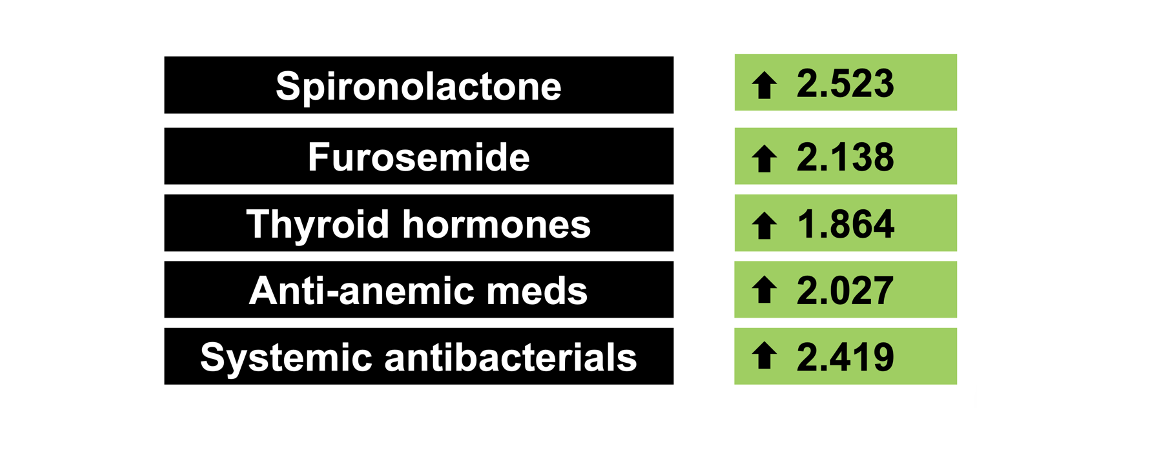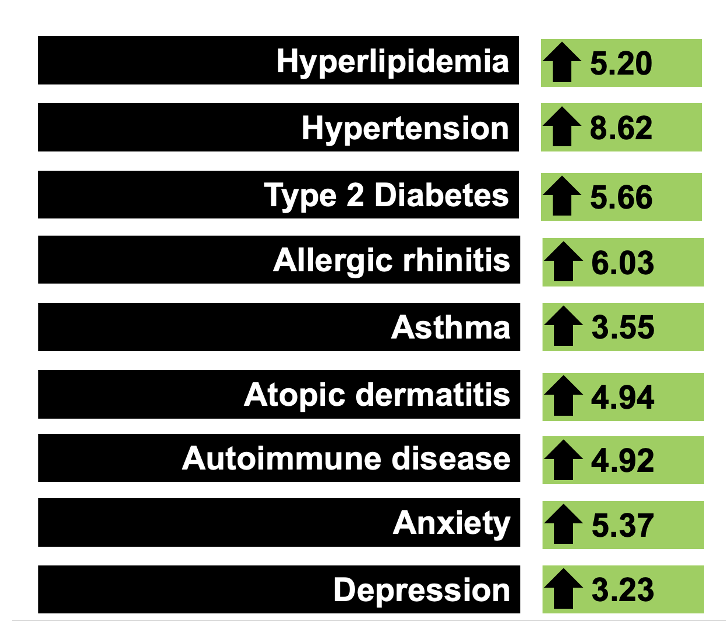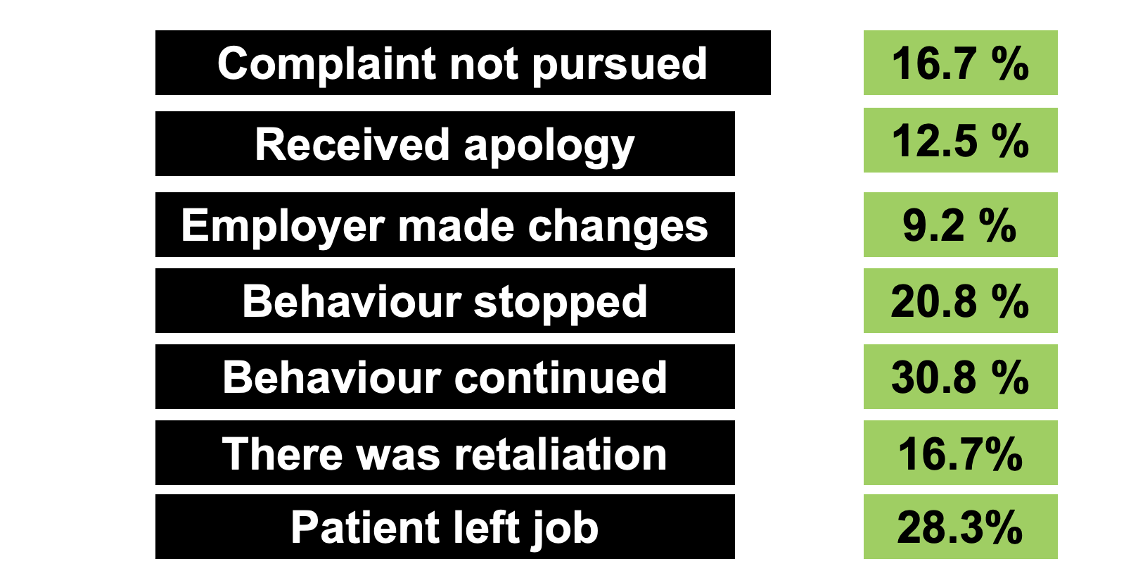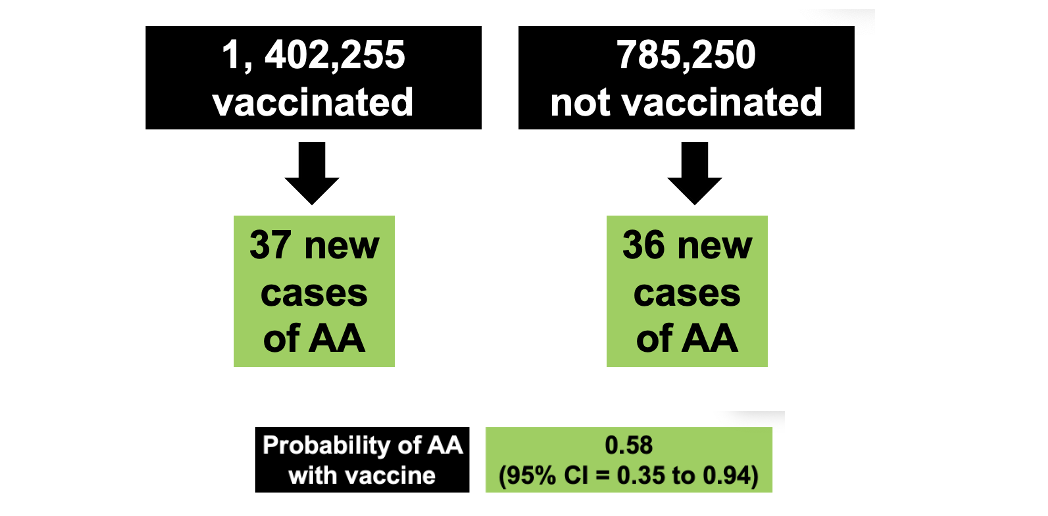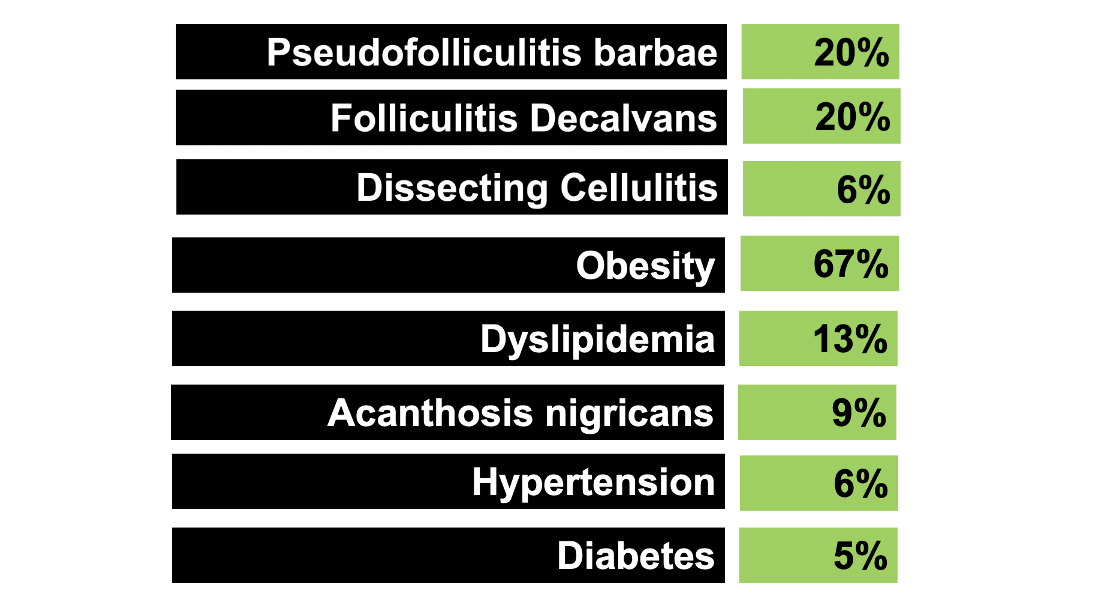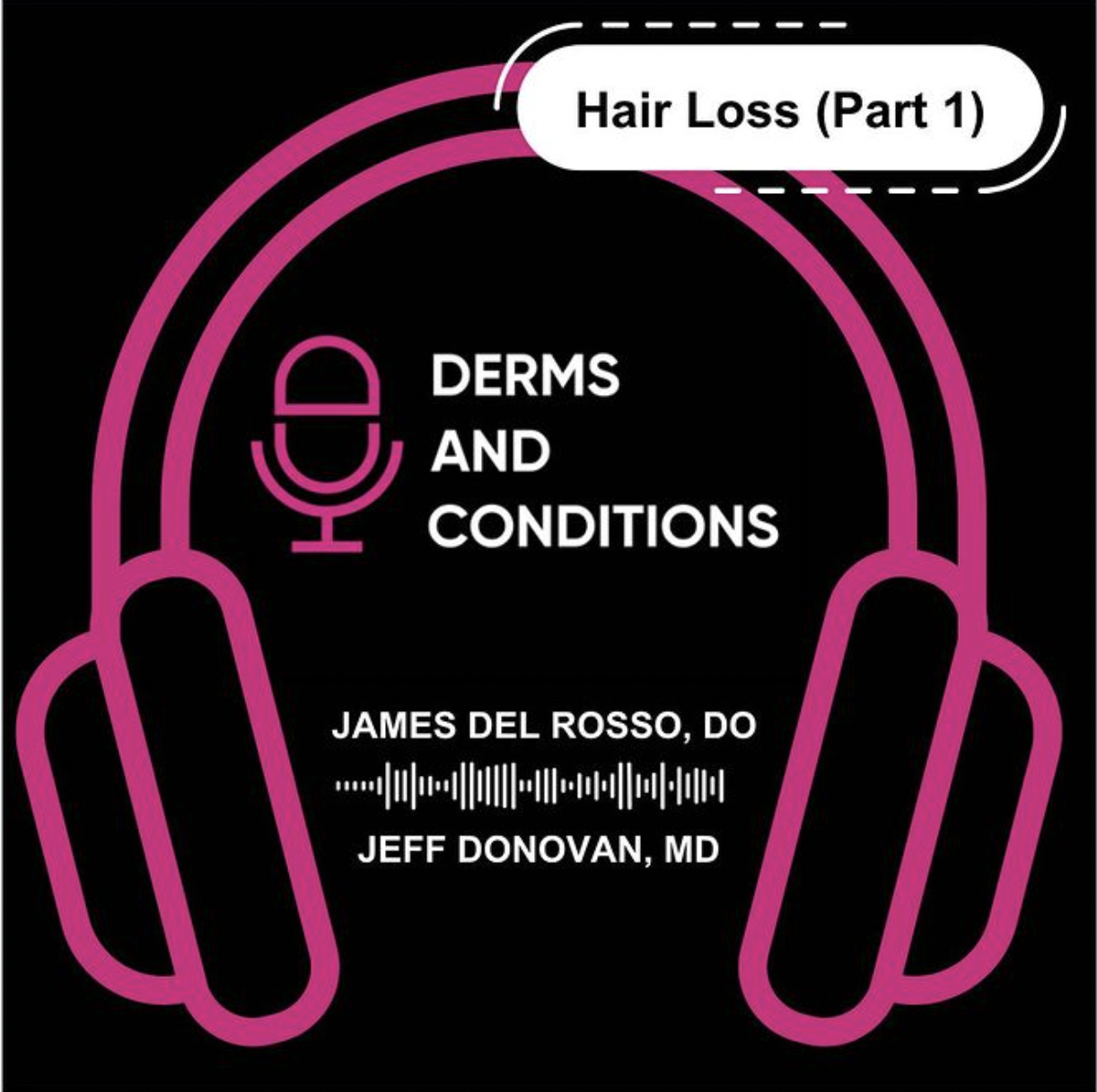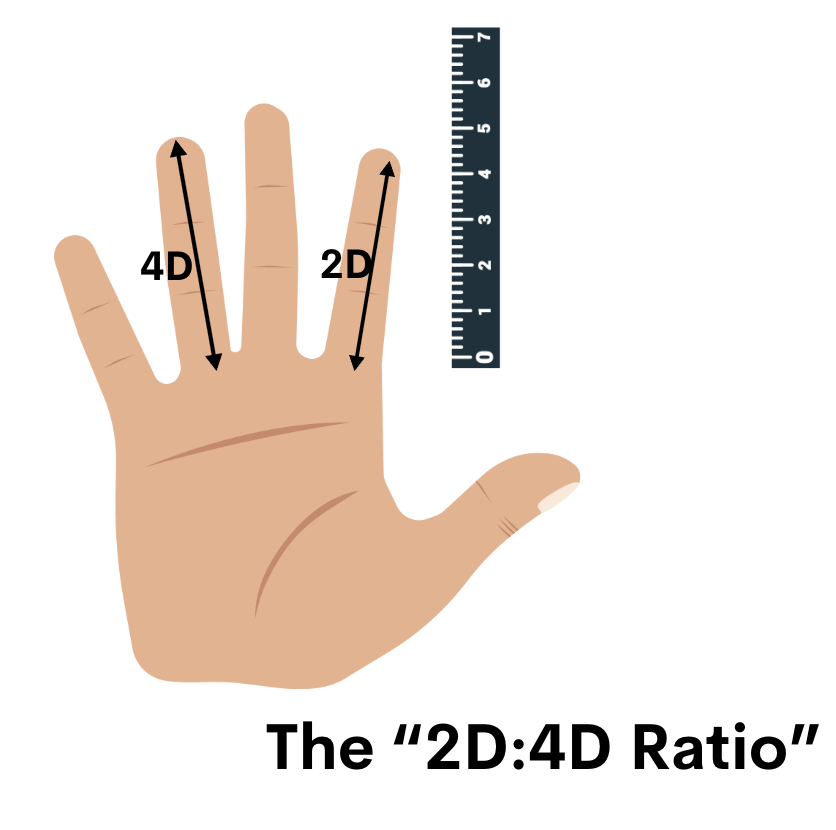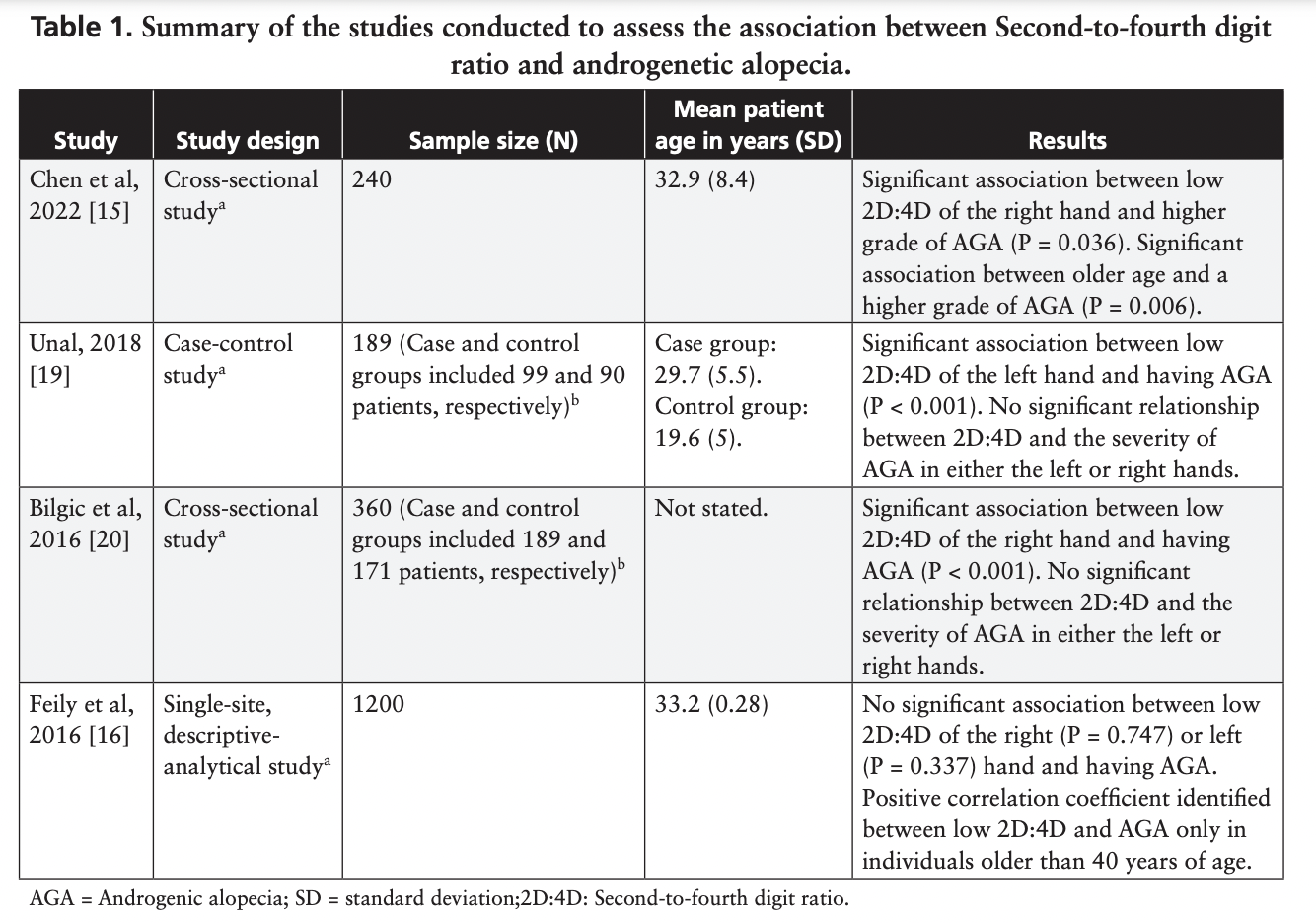In keeping with our year end tradition, the following situation was posted on our social medial channels. Participants had the opportunity to guess what was going on and how to help David.
CHALLENGE CASE
David is your healthy 28 year old male patient. He is on 5 mg of oral minoxidil and 0.5 mg dutasteride for treating hair loss. He leaves a message on your office answering machine on new year’s eve wanting to know what he should do to help his feet swelling and dizziness. There is nobody in the office to take his phone call but he decides to leave a voicemail message.
David says on his message that he has been on oral minoxidil for 9 months and dutasteride for 2 years and absolutely loves his results. He is terrified to stop these drugs but feels they are now starting to cause major problems. He feels these drugs are delaying his recovery from a recent illness and maybe making everything worse.
He tells you in his message that he had a respiratory tract infection 4 weeks ago after attending a family reunion celebration. At the time, David says he had high fever, cough, runny nose. After a few days of feeling sick, David said he felt better for the next 7 days. David says he started feeling so much better that he went out to a party with friends about 1 week ago. He left the party early as he was tired.
David says things have now worsened to the point where he needs to call you at the office. He continues to be very tired. He tells you has now had 7 straight days of heart burn. He says it started soon after going out drinking and partying with friends last week. He now has mild chest pain and you can hear him coughing on the answering machine message. He has gotten quite dizzy today and feels a bit short of breath. All in all, David feels oral minoxidil is somehow too strong for him and wonders if he should return back to using 2.5 mg. He tells you he notices a sock line so there may be ankle swelling. He has not examined it too closely as it’s not very comfortable to be moving around and bending too much.
He tells you that when he first started oral minoxidil 9 months ago at 2.5 mg he had no problems at all. He says he did have problems for a few days when he increased the dose up to 5 mg and he specifically remembers having dizziness and a chest tightness at that time. This lasted only a few days and he has been fine since. He likes oral minoxidil. He feels dizziness is somehow coming back and the mino pill is acting stronger than it really is.
David says that his two sisters and his mother and 97 year old grandfather were also sick after attending the family reunion 4 weeks ago. He says everyone has completely recovered. He generally considers himself very healthy so this is all confusing as to why he is not better yet.
David says his friend uses oral minoxidil and had similar symptoms of chest tightness and ankle swelling and needed to reduce the dose to 3.75 mg. His friend had to stop dutasteride because of feeling low energy so he wonders if dutasteride is somehow also causing problems.
David concludes his message by thanking you for listening to his long message and closes by asking “What should I do?”
What would you advise David?
ANSWER TO CHALLENGE CASE
This is a case example of viral myocarditis from the pre-COVID era. The cause here was adenovirus.
Myocarditis refers to inflammation of the heart layer known as the myocardium. Patients with myocarditis can present with a variety of symptoms.
Most cases of myocarditis are identified in young adults 20-40 with males affected more often than females. Children and adolescents can also have myocarditis and sometimes have a serious course.
Myocarditis must also be considered in patients with shortness of breath, dizziness and especially loss of consciousness. It’s not the only disease that causes these symptoms of course.
Symptoms such as shortness of breath, fatigue and ankle swelling are concerning as they indicate possible heart failure.
Signs and Symptoms of Viral Myocarditis: What do patients experience?
It’s important to realize that there are no unique and specific symptoms that tell a doctor that a patient has myocarditis. Rather, it’s the constellation of symptoms that puts myocarditis on the list. Some patients with myocarditis feel chest tightness or a squeezing sensation.
Adults with viral myocarditis often have a 1-2 week history of a flu-like illness. Patients may have chest pain and shortness of breath. Fatigue, lower blood pressure, fever, tachycardia may be present. Dizziness and general lightheadedness and even sycope are sometimes present. This may be due to issues with the conduction system. There can be palpitations and flutters and in some cases even serious life threatening arrythmias.
If there is also pericarditis, then the patient may feel worse leaning back and feel better leaning forward.
Myocarditis can be caused by infections, vaccines, drugs. In the case of viral myocarditis, the patient develops symptoms a few days to weeks after a flu-like illness.
Most cases of myocarditis are mild and improve with measures that help the heart function and treat conduction problems and rhythm issues.
What causes myocarditis?
Often the cause of myocarditis can’t be determined. In North America and Western Europe, viral infections are the most common identified causes of myocarditis. These include coxsackie virus, echo virus, human herpesvirus 6, parvovirus 19, adenovirus, enterovirus, cytomegalovirus, Epstein Barr virus, and influenza. COVID 19 is now a common cause of myocarditis as well. In some part of the world, bacteria and HIV are important causes.
Drugs, toxins and autoimmune disease are among other causes.
How is myocarditis diagnosed?
There is no unique blood test that indicates myocarditis. Usually a patient with chest discomfort and shortness of breath will have several tests done in the emergency setting including troponin levels (a test of heart muscle damage), ECG, chest x ray and sometimes tests such as echocardiography. An elevated troponin without evidence that the patient is having a heart attack is often a tip off that myocarditis may be happening.
MRI is increasing used in diagnosing myocarditis. Only rarely is a heart muscle biopsy performed. This is a particularly risky test.
Myocarditis vs pericarditis: Are there differences in symptoms?
Myocarditis is inflammation of the myocardium (middle of the heart wall) where pericarditis is inflammation of the pericardium (a thin sac surrounding the heart). About one-third of patients with myocarditis also have pericarditis. Myocarditis and pericarditis have similar symptoms in many ways so there is a lot of overlap. But there is some overlap. It’s often said that pericarditis tends to be more likely to severe chest pain, while myocarditis is more likely to cause fatigue and shortness of breath. There is overlap of course. The two can be better differentiated with ECG, clinical examination and MRI. In 50 % of cases of myocarditis, the exact cause is never found. In pericarditis, this is as high as 90 % of cases.
How is viral myocarditis treated?
Viral myocarditis is generally treated in what’s called a supportive manner. The patient’s blood pressure, heart rate, heart function is controlled using medications. This may be done in hospital or intensive care (ICU) setting in some cases. Some patients are very sick and require advanced ICU care. NSAID and steroids are sometimes used in treatment. Colchicine is sometimes used in some cases of pericarditis.
Many cases of mild myocarditis and pericarditis resolve with supportive care.


